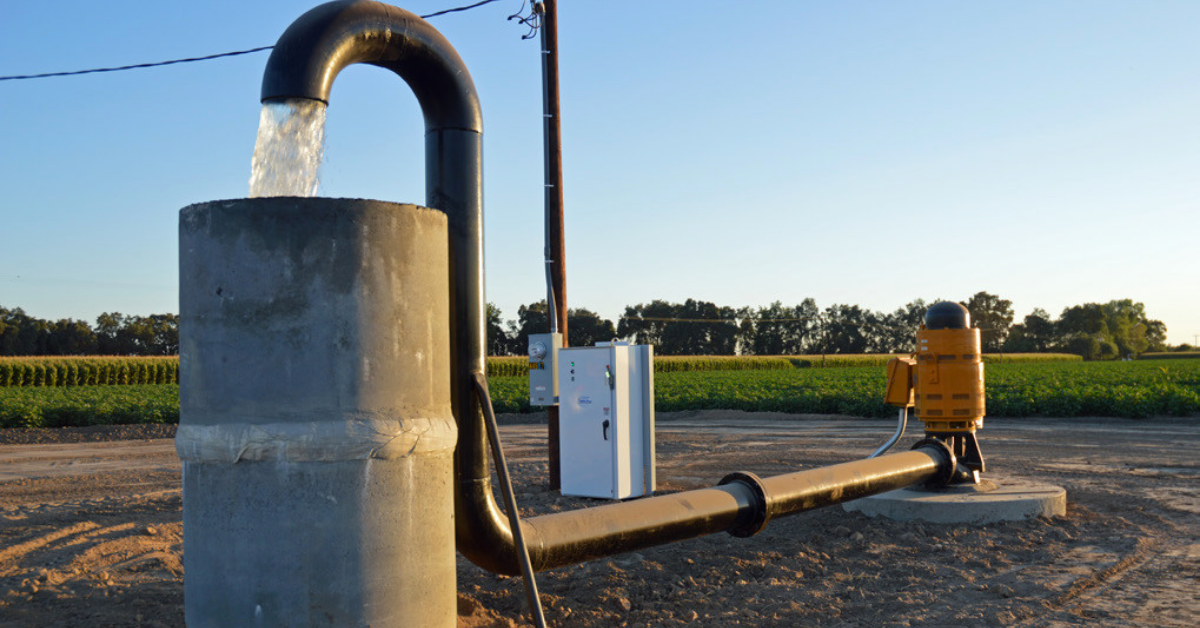Years ago, I wrote a tongue in cheek essay dedicated to the authors of “How to Lie with Statistics”, which proved beyond any doubt that rainfall caused mental illness.
There is, by the way, significant statistical evidence to back this up, but it may well be confusing coincidence with causation.
That said, there is an anomaly in how the State of California reports rainfall records.
Simultaneously, the state is using this data to allocate water to farmers in the Central Valley, and year after year, there are more emergencies, and the farms get less water.
The state tracks rainfall in the Sierra in three different regions, the Northern Sierra 8 Station Average, the Tulare Basin and the San Joaquin stations. In the southern San Joaquin Valley the water we use comes mostly from the Northern Sierra.
I started tracking it pretty closely in 2015, the middle of the last drought. At that time, the reports of Northern Sierra rainfall were benchmarked to a 76-year (1922-1998) period which averaged 50 inches.
After two extremely wet years, and without comment that I could find, the benchmark “average” Northern Sierra precipitation was redefined as the period 1991-2020, a thirty-year period that excludes two of the driest years (1923-24 and 1976 -77) and the second wettest (1982-83).
By excluding those years and going to 30 vs 76 years, the “average” changed from 50.14 inches (1922-1998) to 53.2 inches (1991 – 2020). The average from 1922 -2024 is 50.26, nearly identical to the 76-year average.
Three thoughts on this:
First, the last 30-plus years have on average produced significantly more rain than the previous 100, about 7% more. This is contrary to the endless yammering about the historic drought that we are supposedly living in. Rainfall records simply disprove that, at least as far as the Northern Sierra is concerned.
Secondly, if “average” is now 107 percent of historical average, then what constitutes “below average” has also increased, and the likelihood of a “below average” year has increased.
For government agencies, it is easier to exercise authority in a crisis. If you raise the bar as to what is defined as “average,” then more years will fall below average, creating more crises. That is pretty cynical, but it wouldn’t be the first time that being cynical was a reasonable reaction.
Finally, there is a big difference between “average” and “normal”.
Average is a single number, normal is a range of results, often one Standard Deviation (SD), or the results that occur about 2/3 of the time.
For example, average height for an American male is 5” 10”, normal height, one SD, is a range of 3” plus or minus, or, 5”6’ to 6”1”.
For rainfall in the Northern Sierra, one SD is a huge range – 30 percent of average or plus or minus 15 inches.
If our water system were designed for normal rainfall, it would be designed to provide service whether we get 35 inches of rain, or 65 inches of rain.
In reality, any time we get slightly less than 50 (now 53) inches, there are severe cuts to farms first and then cities. This year, we got about 95 percent of average precipitation, CVP farmers are getting 50 percent of their contractual delivery.
The reason for this is simple. Our water system is inadequate for the natural variability of our rainfall. It isn’t global warming or climate change causing the problem, that is actually bringing more rain.
It is outdated design and a reluctance to take the steps necessary to fix it.
Tens of thousands and maybe millions of acres that have been farmed for generations are going to go out of production if they don’t get a reliable water supply.
This is important. Our food supply is a matter of national security as much as making our own chips and pharmaceuticals.
On the other hand, if you are comfortable getting your food from third-world countries that are rife with corruption and almost any official can be bribed (or threatened) with a roll of $20 bills, then I urge you to continue to elect people who impair our ability to grow our own food.










